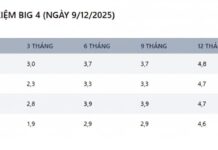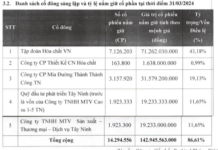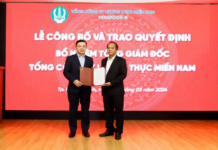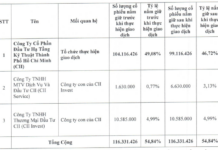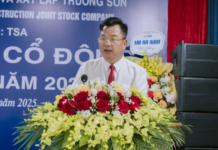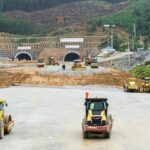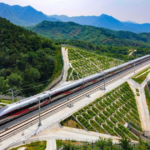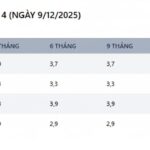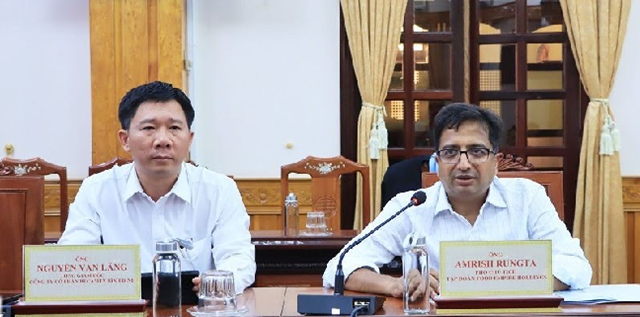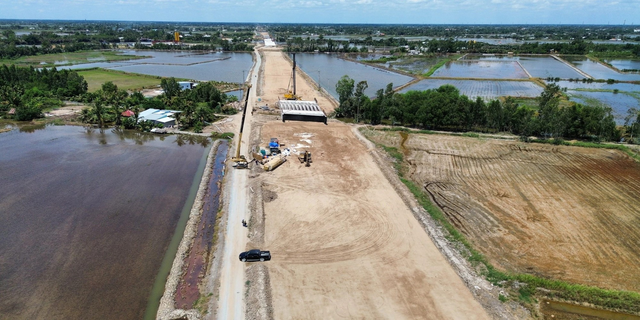
According to the Ministry of Construction, the Can Tho – Ca Mau expressway project (comprising two sub-projects: Can Tho – Hau Giang and Hau Giang – Ca Mau) is scheduled for completion by December 19, 2025. This will connect the final segment of the North-South Eastern Highway, contributing to the government’s goal of achieving 3,000 kilometers of highways, as outlined in the 13th National Party Congress’s resolution.
The Can Tho – Ca Mau section spans over 110 kilometers, with a total investment of more than VND 27.5 trillion. Specifically, the Can Tho – Hau Giang segment is over 37 kilometers long, costing over VND 10.3 trillion, while the Hau Giang – Ca Mau segment exceeds 73 kilometers, with an investment of over VND 17.15 trillion.
The Department of Economic and Construction Investment Management reports that the project’s progress remains slow, falling short of commitments. Without significant changes or breakthroughs, meeting the deadline will be impossible.
In response, the Ministry of Construction has directed the My Thuan Project Management Board to collaborate with authorities in Can Tho, An Giang, and Ca Mau to expedite land clearance and handover the traffic management system by October 2025.
The ministry also instructs the project owner to revise detailed schedules for each contractor, specifying daily and weekly tasks, along with equipment and labor requirements. This ensures the main route’s completion and operation by December 19, 2025, based on remaining volumes, contractor commitments, and specialized management reports.
For delayed tasks, contractors must implement immediate solutions within the following week, such as adding equipment, labor, and materials, or increasing shifts. Contractors unable to resolve delays must urgently transfer workloads to avoid impacting the overall timeline.
The project owner is tasked with strengthening internal operations to address design adjustments, material pricing approvals, and timely inspections, payments, and disbursements for completed work. This ensures uninterrupted cash flow and construction progress.
Contractors are urged to provide adequate transportation and storage for materials like crushed stone, cement-treated bases, and asphalt concrete, enabling continuous pavement construction upon delivery.
Key contractors with substantial remaining workloads, including VNCN E&C, Trung Nam, Thi Son, Construction Corporation No. 1, Hai Dang, Tan Nam, and North-Central Infrastructure, must deploy additional equipment and secure extra asphalt supplies to commence work immediately.
Truong Son Construction Corporation will take over portions of delayed work from struggling contractors, supported by shared resources from other contractors to maintain project momentum.
Senior leaders of contracting firms are required to oversee on-site operations, assign field managers, and ensure timely resource allocation to meet daily targets.
Supervision consultants must enhance oversight, monitor resource mobilization, and ensure quality compliance with design specifications, while expediting inspections and payments.
Design consultants are responsible for on-site author supervision, addressing design adjustments promptly to support project timelines.
Latest Updates on the North-South High-Speed Railway in Vietnam
The Ministry of Construction has collaborated with the Ministry of Science and Technology to develop and finalize drafts of 37 Vietnamese standards, aligning them with international ISO standards. These standards are general in nature and do not directly pertain to the core technologies of high-speed rail systems.
Long Thanh International Airport Set for Second Calibration Flight
On October 25th, the Vietnam Aviation Authority (under the Ministry of Construction) is scheduled to conduct calibration flights for VOR/DME, radar, ADS-B, and traditional VOR/DME flight procedures. This initiative aims to update and enhance the existing flight routes at Long Thanh International Airport.
Proposed Renaming of the North-South High-Speed Railway
The Ministry of Construction has proposed renaming the North-South high-speed railway to the “high-speed railway on the North-South axis,” spanning approximately 1,541 km (a 4 km reduction from the original plan). Notably, the Vinh – Nha Trang segment will be prioritized for investment, advancing its timeline to before 2030, instead of after as initially scheduled.







